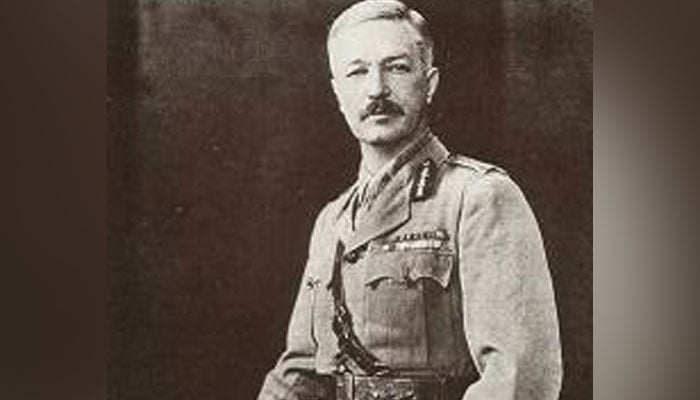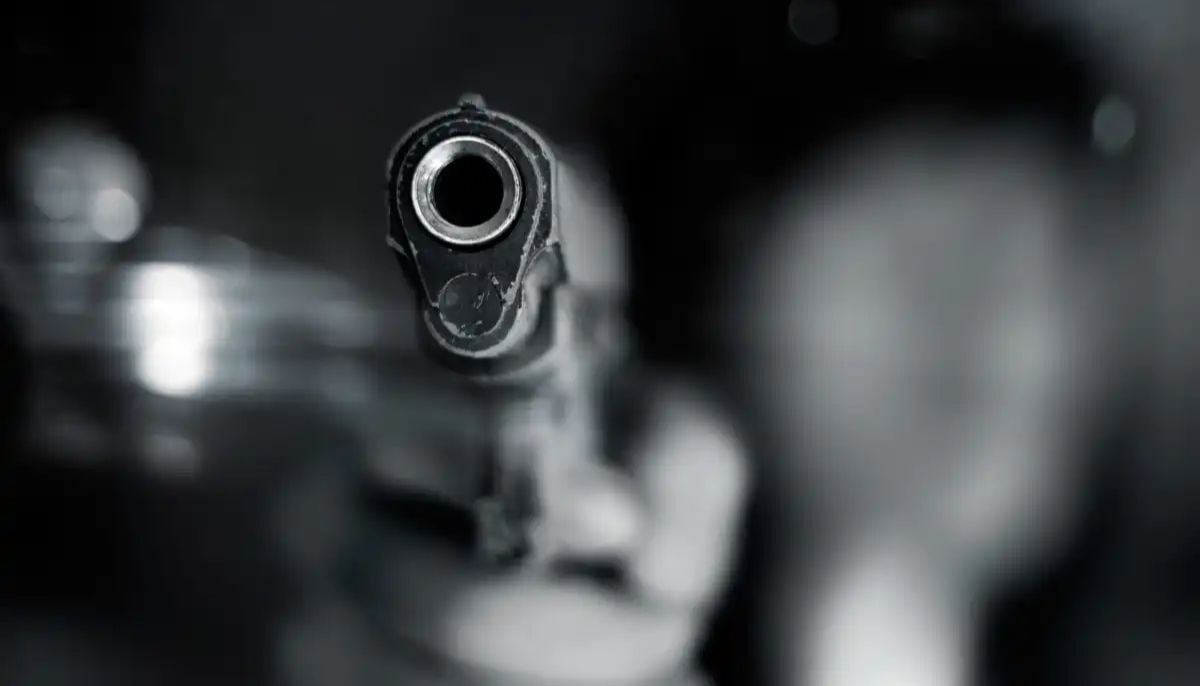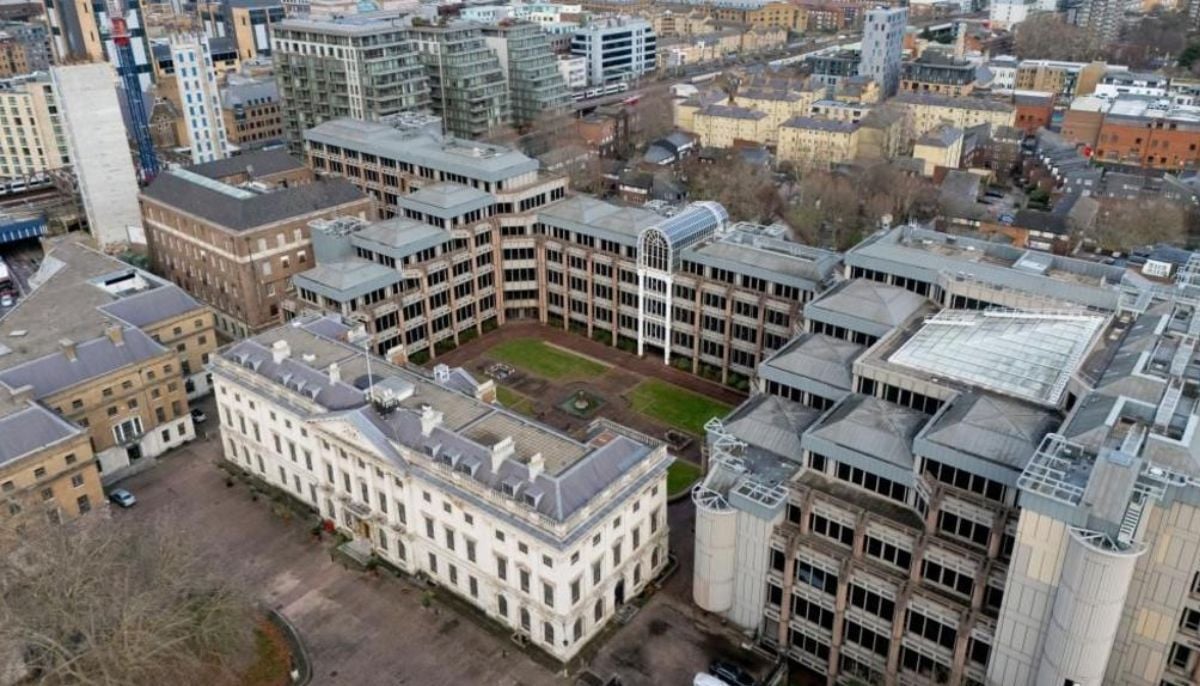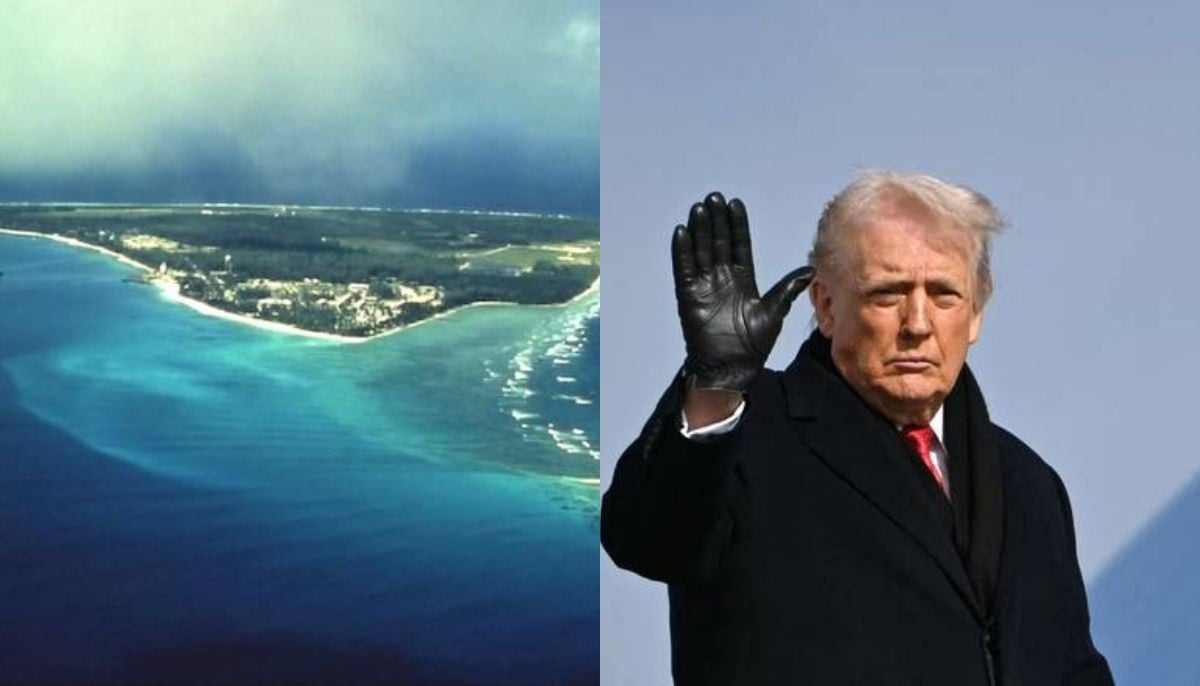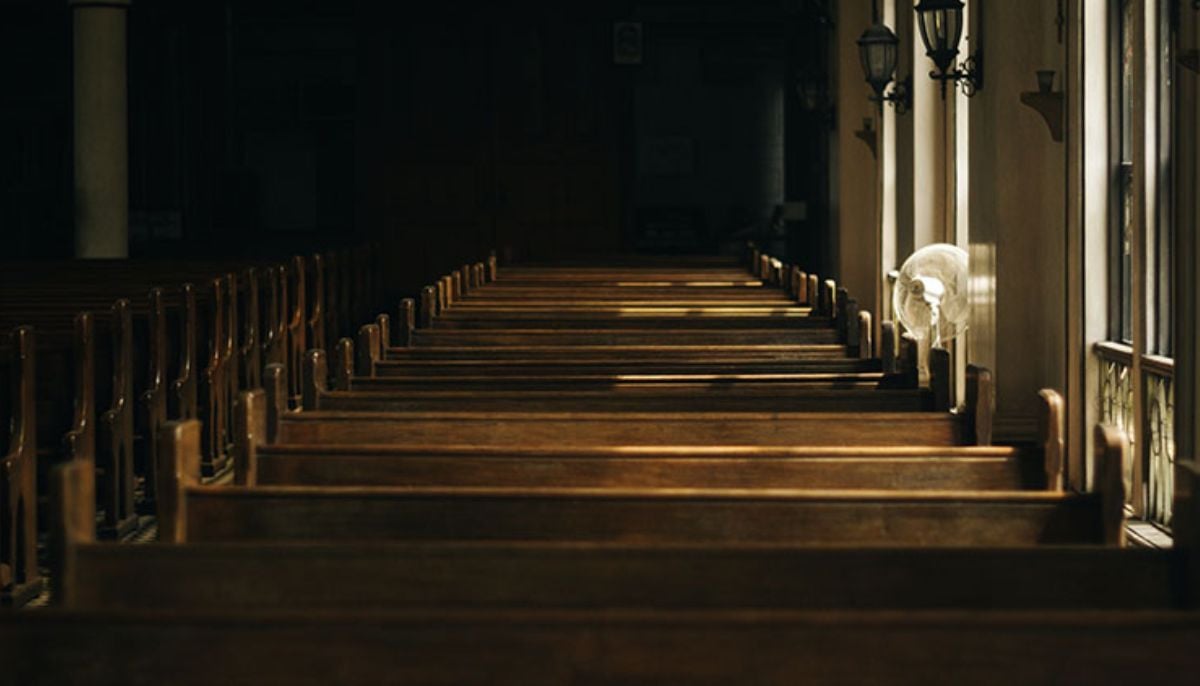Dyer or Dwyer? Man behind the horrific Jallianwala Bagh massacre
As 100 years pass to the gruesome genocide, the man who ordered the massacre still remains behind murky blinders under obscurity.
April 13, 1919 has gone down in history as one of the darkest days in the British colonial rule in the sub-continent when the British army opened fire on hundreds of unarmed protestors at the Jallianwala Bagh in Amritsar.
As 100 years pass to the gruesome genocide today, the man who ordered the massacre still remains behind murky blinders under immense obscurity. Whether it was Colonel Dyer or Francis O’Dwyer is still an enigma in history.
Contrary to popular belief, the man to be held responsible for the Jallianwala Bagh massacre is not Colonel Reginald Edward Harry Dyer, also known as the butcher of Amritsar, but Sir Michael Francis O'Dwyer.
Dwyer, the lieutenant governor of Punjab, was the one who ordered the Jallianwala massacre and Colonel Dyer had merely acted upon his orders.
According to Indu Banga, a specialist in history of Punjab: “Dwyer was an arch imperialist who was responsible for this massacre. Dyer was merely following his orders.” Banga says even after his retirement, Dwyer continued to oppose any concessions for Indians.
Banga went on to further add that both the men were born in 1864.
Dwyer raised money for a memorial to Dyer but he was shot dead by Indian revolutionary Udham Singh in London's Caxton Hall on March 13, 1940.
Whereas, Dyer died of cerebral haemorrhage and arteriosclerosis in 1927.
Moreover, there are very few people who are aware of the fact that Dyer was born and brought up in Punjab and that he was as well-versed in Hindi as he was in English.
Also, one of his favourite possessions was the photograph of an unnamed Sikh officer.
Dyer was forced to resign after his well-documented contribution to the Amritsar massacre.
On April 13, 1919, Dyer, 55, was like a man possessed. Giving a first-hand account of the day in “Amritsar: The massacre that ended the Raj” by Alfred Draper, Dyer’s bodyguard Sergeant William Anderson recalled how the crowd seemed to “sink to the ground in a flurry of white garments”. When the soldiers had emptied their carbines, Dyer ordered them to reload and direct their fire where the crowd was the densest.
-
Missouri couple ‘locked sons in chicken pen, shot them’ in shocking abuse case
-
Chinese ‘mega embassy’ wins UK approval in London ahead of Starmer’s China visit
-
From Chagos Islands to Greenland Trump flags national security risks: Here’s why
-
Church under investigation after anti-ICE protest interrupts worship
-
'I don't care': Trump shrugs off Nobel Prize talk as Greenland tensions escalate
-
Alarming: Rising shark attacks force Australia to close beaches
-
Three-year-old allegedly tortured, killed during exorcism in California church
-
Drunk driver tries to snatch San Diego deputy’s gun during chase
